Jjajangmyeon Museum (짜장면박물관)
148.80221820158m 10914 2024-01-04
56-14, Chinatown-ro, Jung-gu, Incheon
+82-32-773-9812
Jjajangmyeon Museum is built in the former building of Gonghwachun, the official birthplace of jjajangmyeon, a food people of all ages love. Gonghwachun operated in this old-fashioned brick building until 1983, and the building was renovated as Jjajangmyeon Museum. It is the first jjajangmyeon-themed museum in Korea and consists of six permanent exhibition rooms and one special exhibition room. Visitors can see the birth and transformation of jjajangmyeon at a glance and the different types and recipes of jjajangmyeon. The special exhibition room presents exhibitions on a variety of topics every year. The reproduction of Gonghwachun’s original reception room and kitchen as well as the exhibition of how the metal delivery box changed over the years are also interesting.
Gonghwachun (공화춘)
159.573501238115m 0 2024-01-04
43 Chinatown-ro, Jung-gu, Incheon
Gonghwachun, one of the Chinese restaurants in Chinatown, opened in 1905 and is famous as the birthplace of jjajangmyeon. The original Gonghwachun building is currently used as Jjajangmyeon Museum, and the current Gonghwachun main branch operates in a building that was founded in 2004. Among the various menus, Gonghwachun Jjajangmyeon is a must-try. This signature menu serves the noodles and the black bean sauce separately. The sauce contains a various ingredients cut in large bite-sized pieces, making it even more delicious. It also offers various course menu options, including lunch, couple, and family courses.
Incheon Art Platform (인천아트플랫폼)
168.61570865055407m 19999 2019-03-18
3, Jemullyang-ro 218beon-gil, Jung-gu, Incheon
+82-32-760-1000
Incheon Art Platform is located in Haean-dong of Incheon known for its well-preserved architectural heritage sites and buildings that display both ancient and modern architecture. The complex was established through remodeling buildings constructed in the 1930s and 1940s, and by revamping such landmark buildings as Nippon Yusen Kaisah (Cultural Property No. 248) from the days when Korea first opened its doors to the outside world. The 13 buildings, including studios, library, training center, exhibition and performance halls, that make up Art Platform are expected to develop into a huge street museum in the future, thereby preserving the historical establishments, while displaying the modern interpretation of the past.
Incheon Open Port Culture Night (인천개항장 문화유산 야행)
174.4969128332217m 10613 2024-04-25
80 Sinpo-ro 27beon-gil, Jung-gu, Incheon
+82-2-6961-5434
Incheon Open Port Culture Night focuses on the history, modern culture, and future of Incheon, the first international city in Korea with the opening of the port in 1883. Visitors can enjoy a journey into the past, reimagined in modern times through a wide range of experience programs.
Gaehangjang (Open Port Area) Street (개항장 거리)
179.93287443168003m 33190 2023-11-10
27 Jemullyang-ro 232beonan-gil, Jung-gu, Incheon
+82-32-760-6448
As the Incheon Port was opened in 1883, this is where one could feel the rich history and culture accumulated over 126 years. Formerly used by the Japanese consulate, the Jung-gu Office, the Incheon branch of Japan's 1st, 18th and 58th Bank and other modern historical architecture can be found intact here. Other historical remains like Former Japan Mail and Shipping Inc., Incheon Art Platform, Jemulpo Gurakbu, and more are also available for visitors to see at the Incheon Gaehangjang (Open Port Area). For those who are interested in learning more, a guided tour by an Incheon cultural tourism expert is available upon reservation.
Best Western Harbor Park Hotel (베스트웨스턴 하버파크호텔)
205.62657496416497m 14769 2020-04-01
217, Jemullyang-ro, Jung-gu, Incheon
+82-32-770-9500
Located within 40 minutes of the Incheon International Airport in downtown Incheon, Harbor Park Hotel is a themed hotel with a panoramic view of Incheon’s Chinatown to the west and the beautiful ocean to the east.
The hotel caters largely to business guests and is equipped with a grand ballroom that seats 500, a meeting room with state-of-the-art facilities, and an international business lounge.
All of the 213 guestrooms have free, high-speed internet connections and wide closets. Not merely a standard business hotel, Harbor Park also offers king-size beds with luxury bedding, flat screen TVs with satellite channels, and a fitness center with modern equipment, personal trainers, and an ocean view.
The hotel’s buffet-style restaurant serves dishes demonstrating the refined sensibilities of its world-class cooks and each dish is as artistic as it is delicious. At the Sky Lounge, guests can further enjoy the good life by listening to live music and gazing out over the ocean.
Jemulpo Gurabu (제물포구락부)
275.60091523348814m 25803 2023-11-10
25 Jayugongwonnam-ro, Jung-gu, Incheon
+82-32-765-0261
Jemulpo Gurabu (Club) was established in 1901 to be used as the venue for foreigners such as American, English, German, French, Russian and a small minority of Chinese and Japanese all living in Incheon to build up friendships before opening the port. The two-story brick building was comprised of a library room, pool table, tennis court and others facilities.
The site was used as Incheon Museum from 1953 to 1990 and Incheon Cultural Center from 1990 to 2006. In 2007, the name was changed to Jemulpo Gurabu, imphasizing the Japanese pronunciation of "club." It now offers a site for experiencing modern culture interactions.
Incheon Jayu Park (자유공원 (인천))
284.0146257528473m 40862 2024-04-09
25 Jayugongwonnam-ro, Jung-gu, Incheon
Jayu Park is the first Western-style park in Korea, built five years after the opening of Incheon Port. The location is perfect for a nice stroll as it is located high above sea level with spacious areas and a thick forest. At top of the park is the Korea-U.S.A. Centennial Monument built in 1982 to commemorate the 100th anniversary of the treaty of peace, commerce and navigation between Korean and the US. Within the park, visitors can enjoy a small zoo, a pagoda, benches and other rest areas. A statue of General MacArthur stands in the park as a memorial of the general's feat of Operation Chromite during the Korean War. Every April, a cherry blossom festival is held as the cherry blossoms fill the park, attracting many visitors. The panoramic view of the city is breathtaking with nightscape especially popular for couples. There are many attractions nearby for visitors to enjoy food and history.
Wolmi Sea Train (월미바다열차)
303.7720268055107m 1 2024-04-21
269 Jemullyang-ro, Jung-gu, Incheon
Wolmi Sea Train is Korea's longest urban tourist monorail, stretching over 6.1 kilometers. The train travels at an average speed of 9 kilometers per hour, taking 42 minutes to complete one loop around Wolmido. The tracks are located between 7 and 18 meters off the ground, offering a view over all Wolmido has to offer. The views out over the sea are especially beautiful at sunset.
The Story Course of the Historical and Cultural Street of the Open Trade Port - 1 hr course ([인천 개항 누리길] 1시간 코스)
361.1008735409157m 30342 2023-01-12
269, Jemullyang-ro, Jung-gu, Incheon
+82-32-440-4055
The Story Course of the Historical and Cultural Street of the Open Trade Port is a course that showcases the history and culture of the pork opening over 100 years ago. Started in 2006, the walking course takes participants through historical buildings and attractions including Jayu Park, The first Bank, 5.8 Bank, Chinatown and more. There are three different courses varying by time with one hour course taking participants from Incheon Station to Chinatown and Samgukji Mural Street, Jayu Park, Jemulpo Club, Incheon Modern Architecture Museum, and finishing at Korean-Chinese Cultural Center.
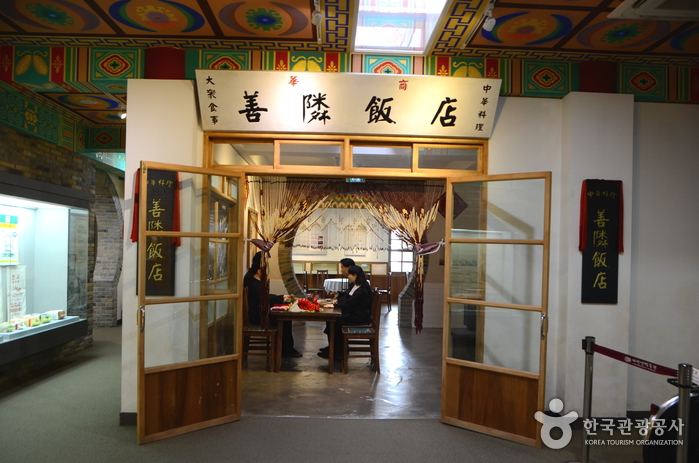
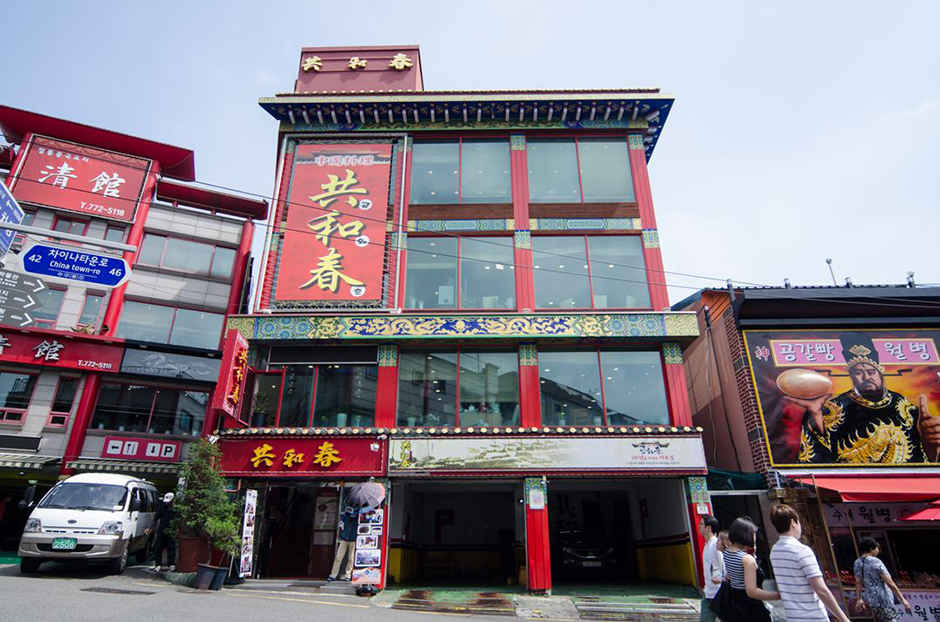
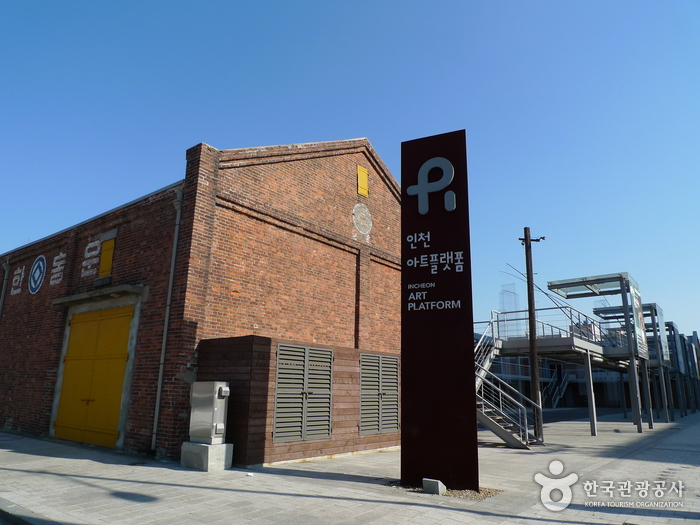
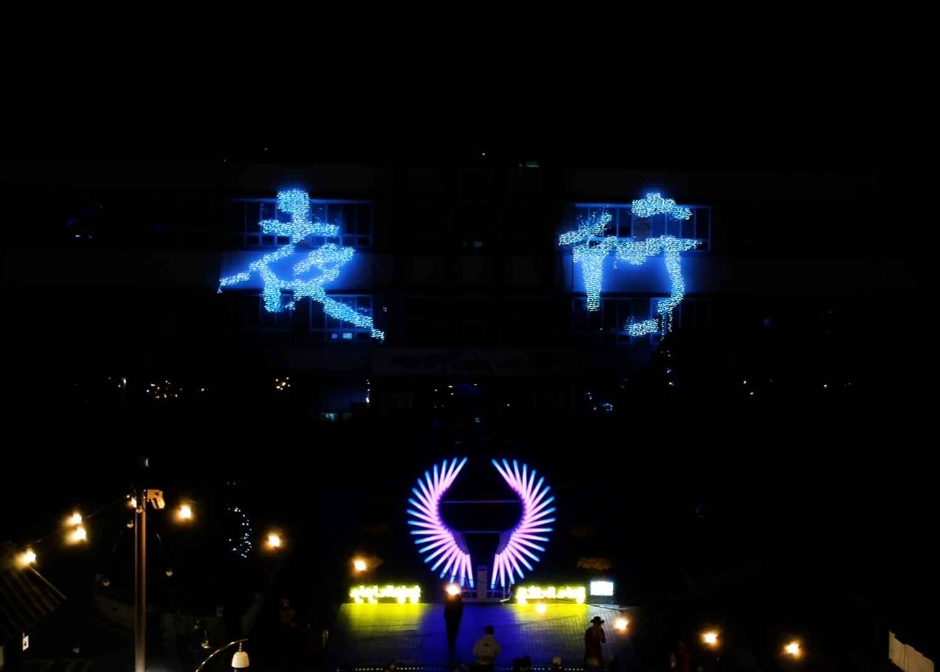

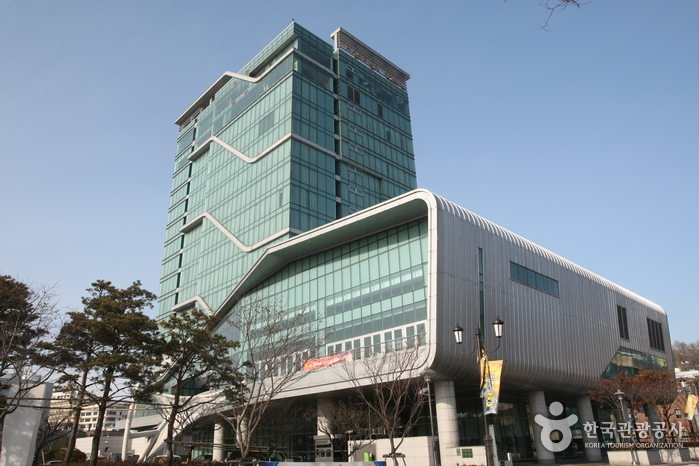
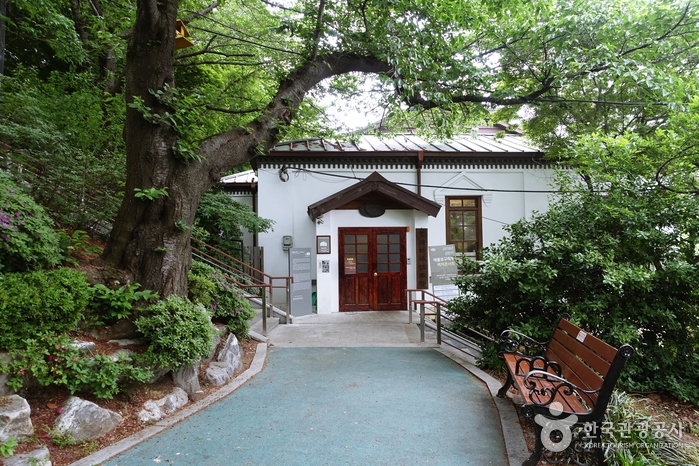
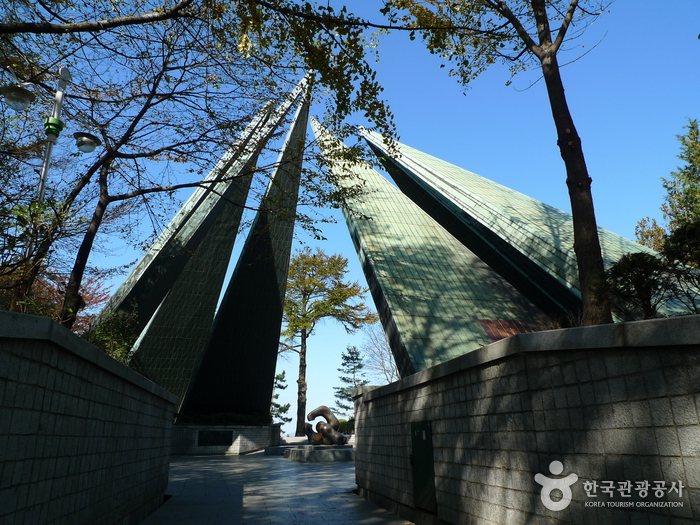
 English
English
 한국어
한국어 日本語
日本語 中文(简体)
中文(简体) Deutsch
Deutsch Français
Français Español
Español Русский
Русский